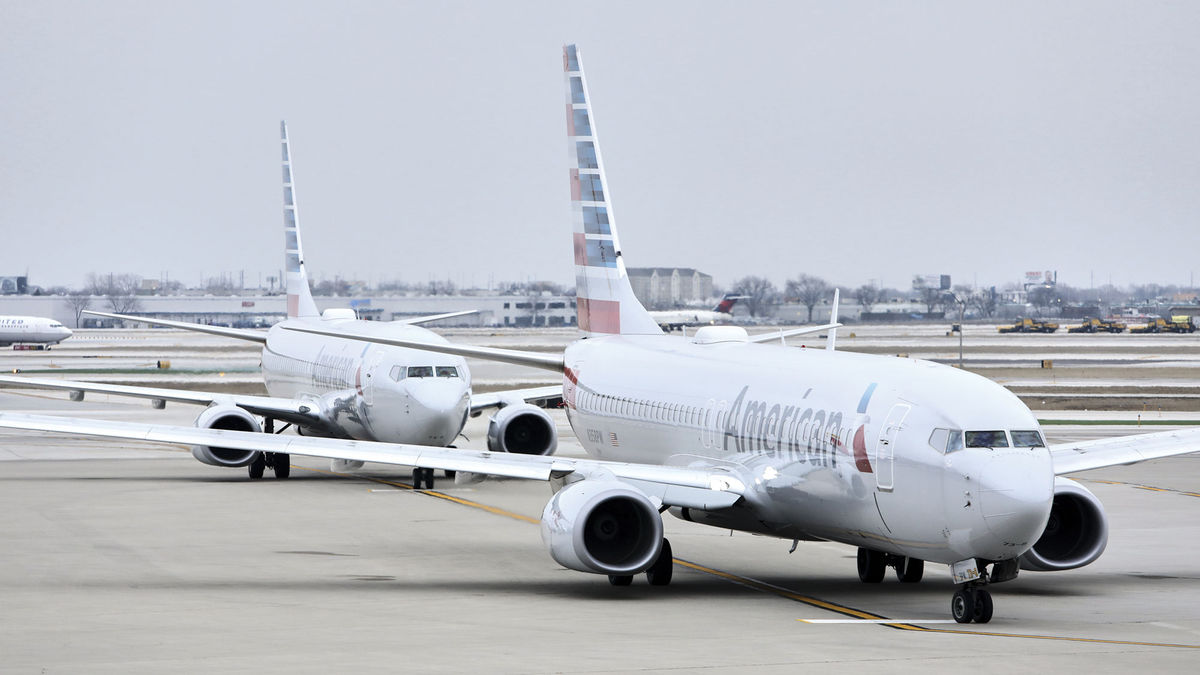American Airlines’ revised New Distribution Capability (NDC) strategy is looking a lot like that of its rival, United. But it could take a while for AA’s new, lighter-touch approach toward travel agencies to win back share.
In the meantime, opinion varies on whether American’s abandonment of its punitive approach to NDC transformation will slow adoption of the digital retailing technology.
Cory Garner, a former NDC strategist at American who now runs the Garner consulting firm, thinks it will. He said NDC adoption will “lose momentum” among corporate travel agencies and the GDSs.
Since deciding to reverse course on its NDC strategy in late May, American has announced that it will return most content to legacy systems. Like United, American is withholding only basic economy fares.
American also announced plans to introduce dynamically priced fares and ancillary content via NDC, just as United already does.
Dynamic fares are developed continuously in response to market conditions and aren’t supported by legacy GDS technology, which relies on the 26 alphabet-based fare buckets that travel advisors are accustomed to.
United has said that approximately 40% of its NDC fares are generated dynamically.
Along with those steps, American abandoned a plan to eliminate the accrual of loyalty points on tickets purchased through travel agencies that hadn’t met NDC targets set by the carrier.
American also announced 10% commissions through September for agency sales of its three NDC bundles: Main Plus, Main Select and Flagship Business Plus, as well as incentives for ancillary NDC bookings of paid seats.
It all adds up to an NDC strategy that is similar to but now slightly less aggressive than United’s, Garner wrote in a LinkedIn post.
Among the two airlines, only American is paying commissions on the sales of NDC bundles and ancillaries. And at least for now, American has less NDC content differentiation than United due to the latter’s already-developed dynamic-pricing capabilities.
American CEO Robert Isom said that its stick-based NDC approach cost the airline market share among travel agencies, particularly for domestic bookings and with close-in bookings.
Garner, echoing remarks made by United CEO Scott Kirby on the day Isom made that announcement, said that American’s poor financial performance relative to United and Delta can likely be more closely linked to factors such as its network and the success of its loyalty program than to its sales and distribution strategy.
He added that the travel agencies that turned away from American aren’t likely to return to the carrier quickly.
Aside from lingering resentment and lack of trust, some agencies would have made decisions to support the Star Alliance or SkyTeam over the past year instead of the Oneworld alliance that American is in, and then backed those decisions with newly negotiated commissions deals.
“It’s a long road back and patience is required,” Garner said.
What’s ahead for NDC adoption?
A bigger question is whether American, and the industry more generally, will lose momentum in terms of NDC adoption due to the airline’s course reversal.
Steve Singh, chairman of Direct Travel and chairman/interim CEO of travel management platform Spotnana, is optimistic.
“I don’t think so,” Singh said. “The need for NDC is very clear. The benefits are clear.”
Singh said that NDC adoption wasn’t strong, even during American’s 14-month experiment with a punitive strategy, because the servicing of NDC bookings wasn’t up to standard.
But corporate and leisure travel agencies will move ahead with NDC implementations as servicing improves because, unlike legacy GDSs, the technology supports the full suite of airline product offerings.
“I think you will continue to see adoption of NDC, and in the next five years it will be the primary vehicle of content distribution,” Singh said.
The Spotnana chairman has motivation to help make that prediction a reality. One of the services offered by the company is a platform that automates and simplifies the servicing of NDC bookings.
But Garner doesn’t share Singh’s optimism.
“A long history, and not just with American, shows carrot-based strategies have almost no effect on driving NDC adoption,” he said. “Strategies which make [legacy] content higher-priced and remove [legacy] content are indeed effective in moving the agency community along.”
Garner said he believes American’s more aggressive strategy did cause the agency community to speed its pace of NDC integrations. And he said that NDC today has more acceptance because of unpopular commercial moves that have been made by American and other airlines.
He pointed out that when American implemented its now-discarded NDC strategy last year, travel agencies pleaded for more time to complete technology adoptions.
“The great irony of it all is that a travel agency industry that begged for more time to be able to digest and adapt to this change is likely to go back to sleep as a result of all of this,” Garner said.












